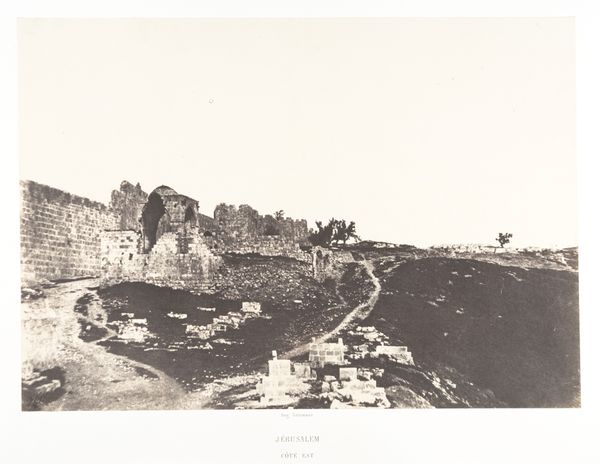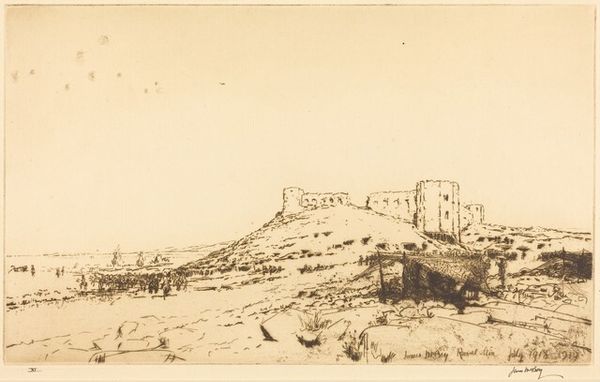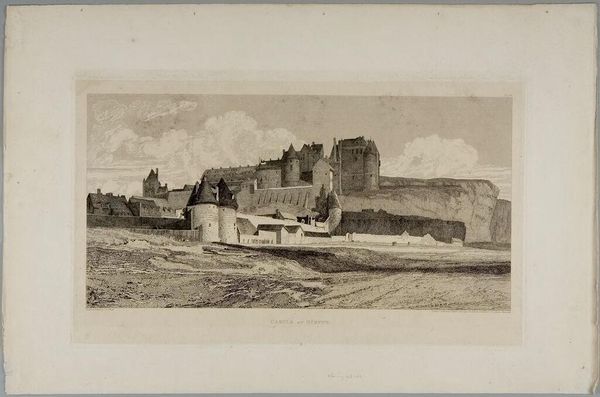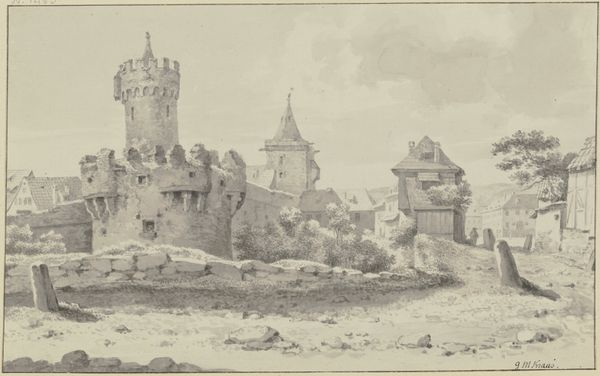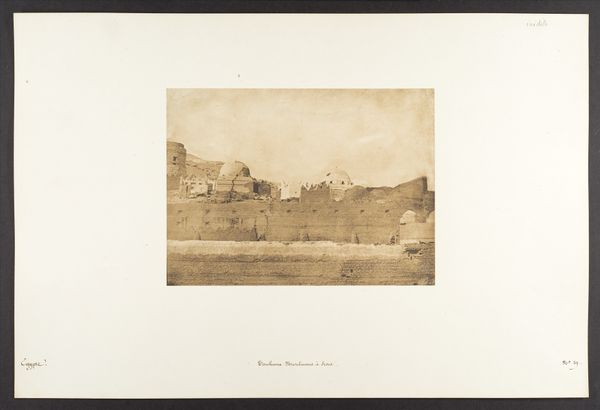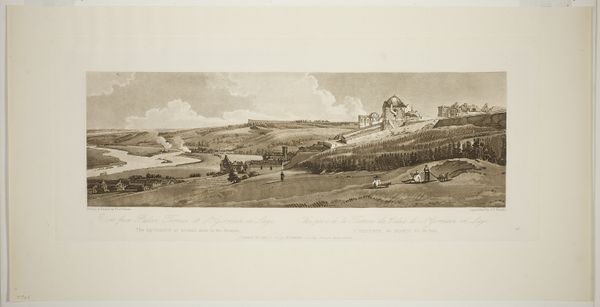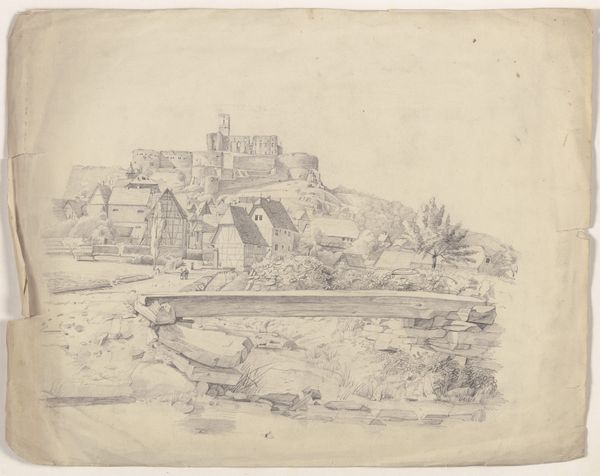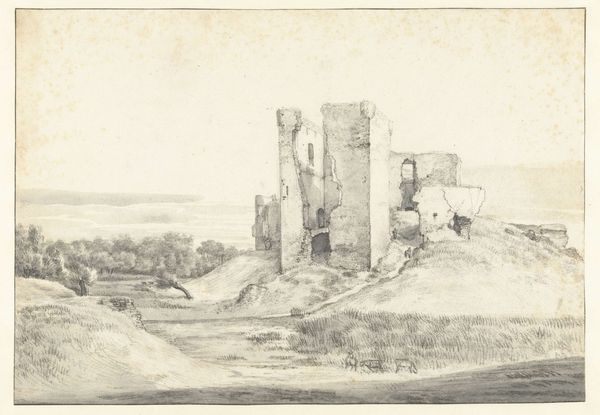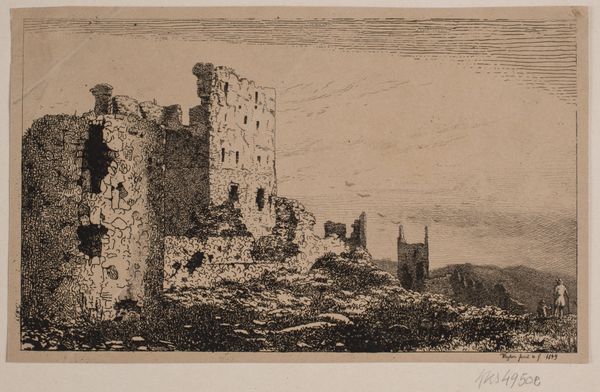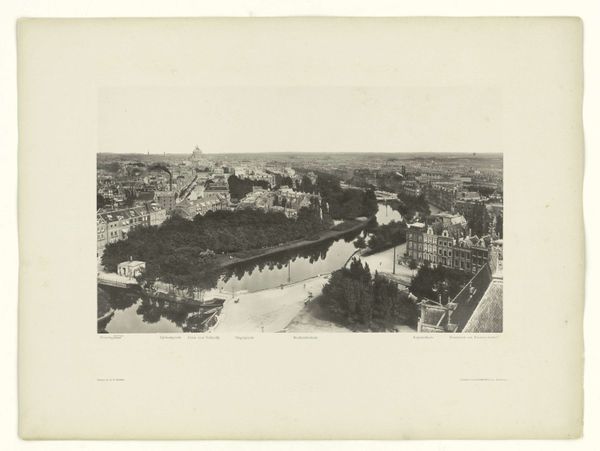
photography, gelatin-silver-print
#
landscape
#
photography
#
romanticism
#
gelatin-silver-print
#
building
Copyright: Public Domain
Hill and Adamson made this photograph, St. Andrews, in the 1840s. Immediately, the sepia tones strike a melancholic note, reminiscent of faded memories. The ruins of St. Andrews, dominate the composition, their crumbling forms set against a vast, pale sky. Consider how the interplay of light and shadow articulates the texture of the stone. The deliberate arrangement of the ruins guides the viewer's eye, creating a sense of depth and drawing us into the scene. The photograph captures the transience of human creation against the enduring backdrop of nature. Notice the contrast between the solidity of the ruins and the softness of the surrounding landscape. This tension destabilizes any fixed interpretation, opening up a space for reflection on time, decay, and the human condition. The photograph's aesthetic power lies in its ability to evoke these profound themes through formal means. It is a poignant meditation on history, memory, and the relentless passage of time.
Comments
No comments
Be the first to comment and join the conversation on the ultimate creative platform.
